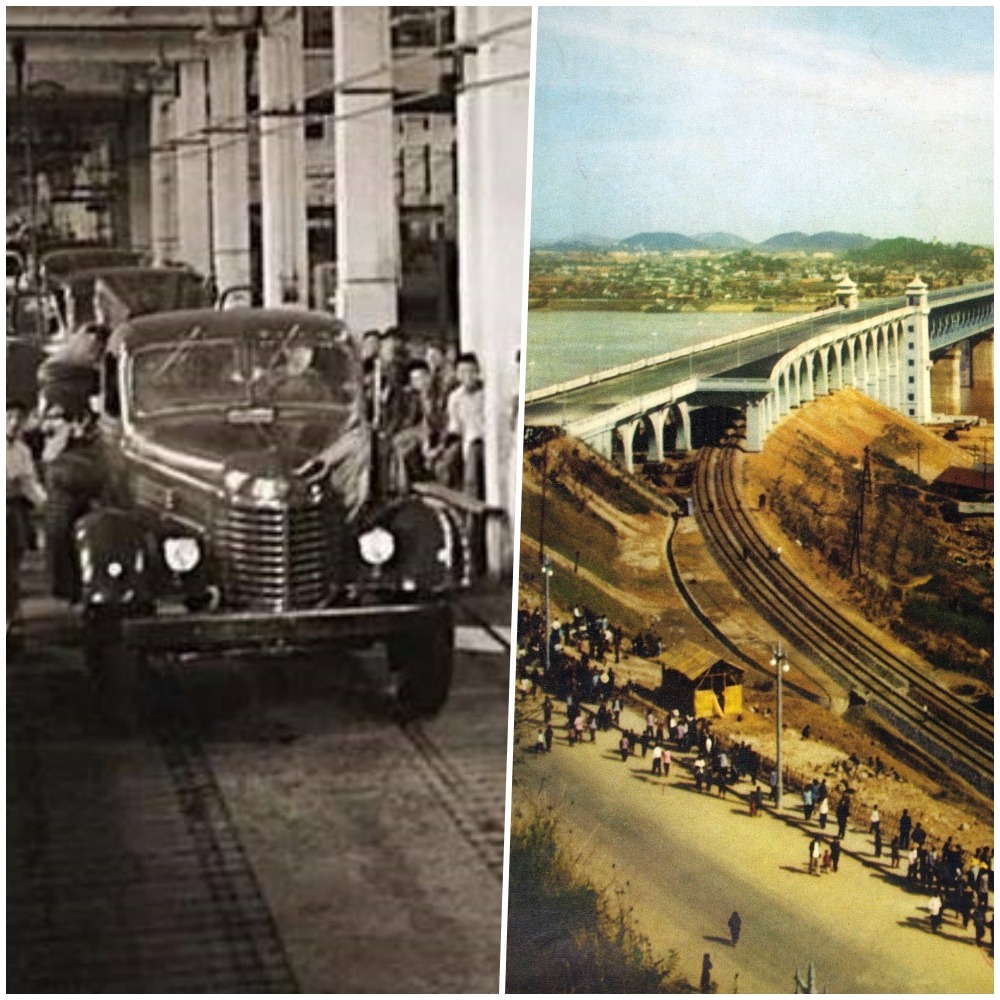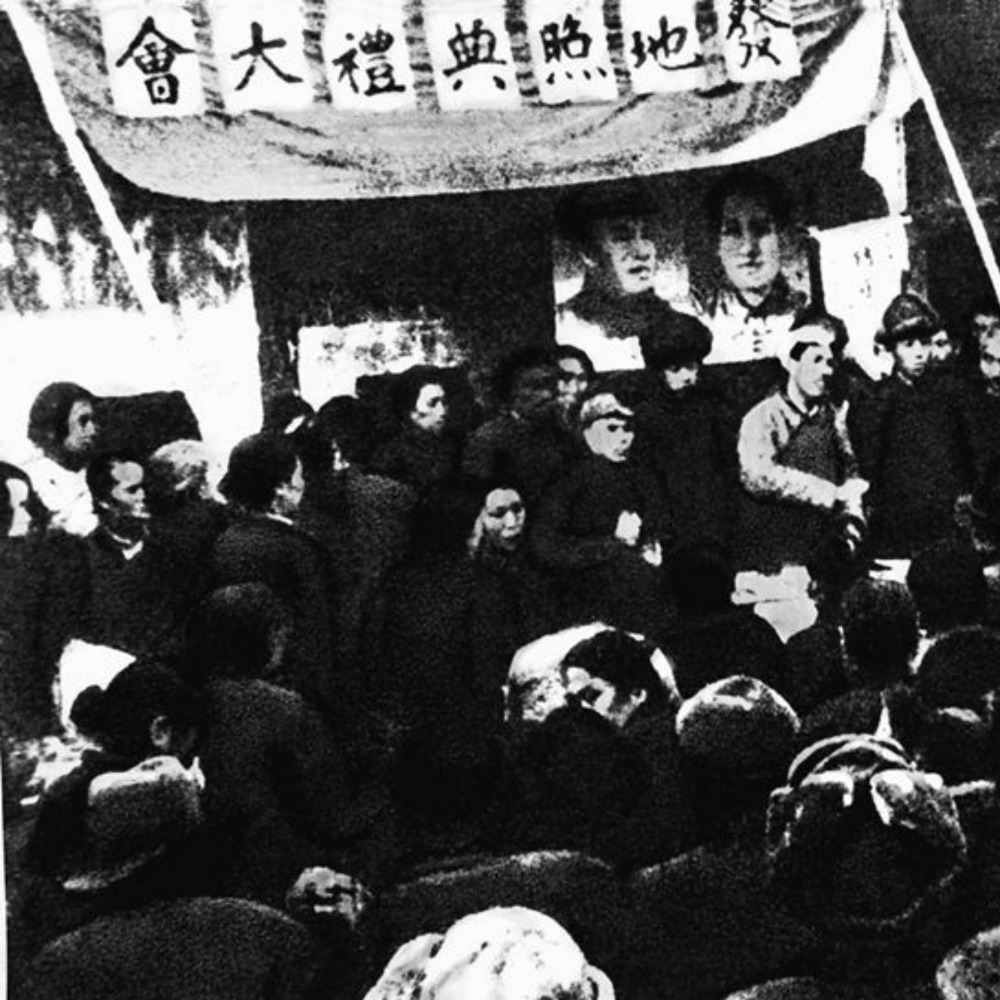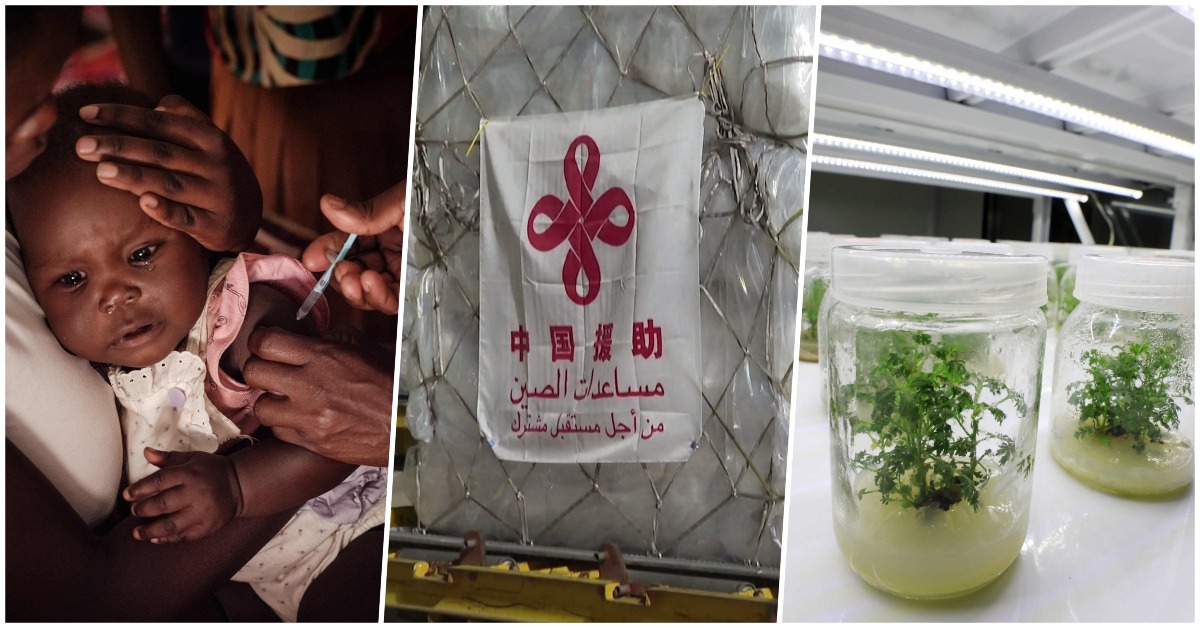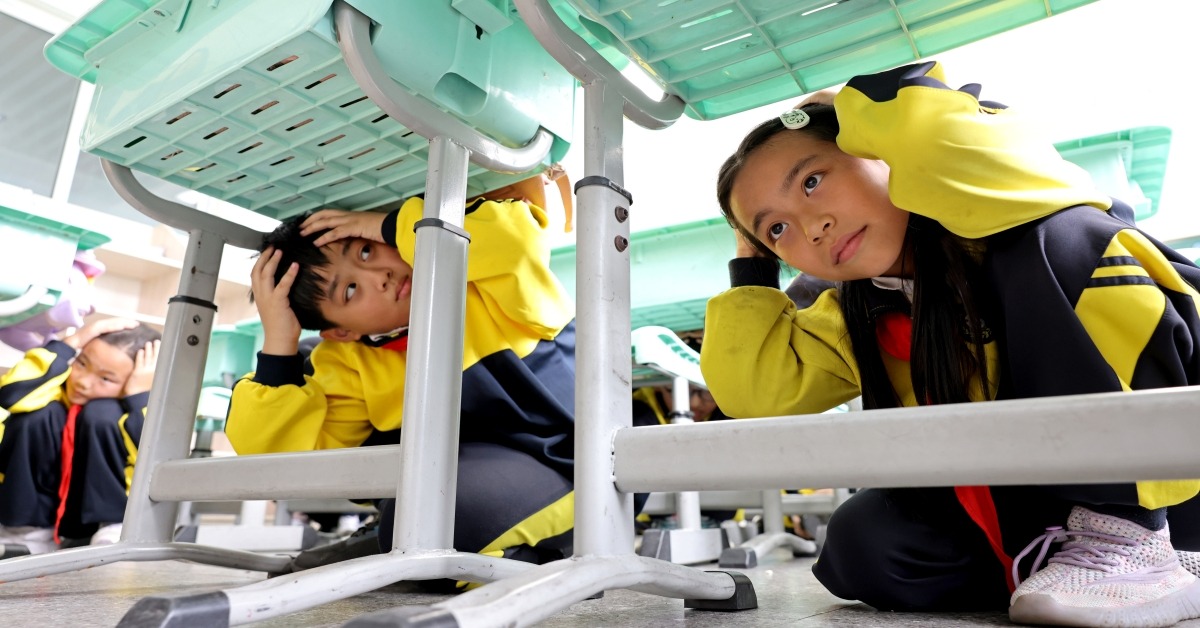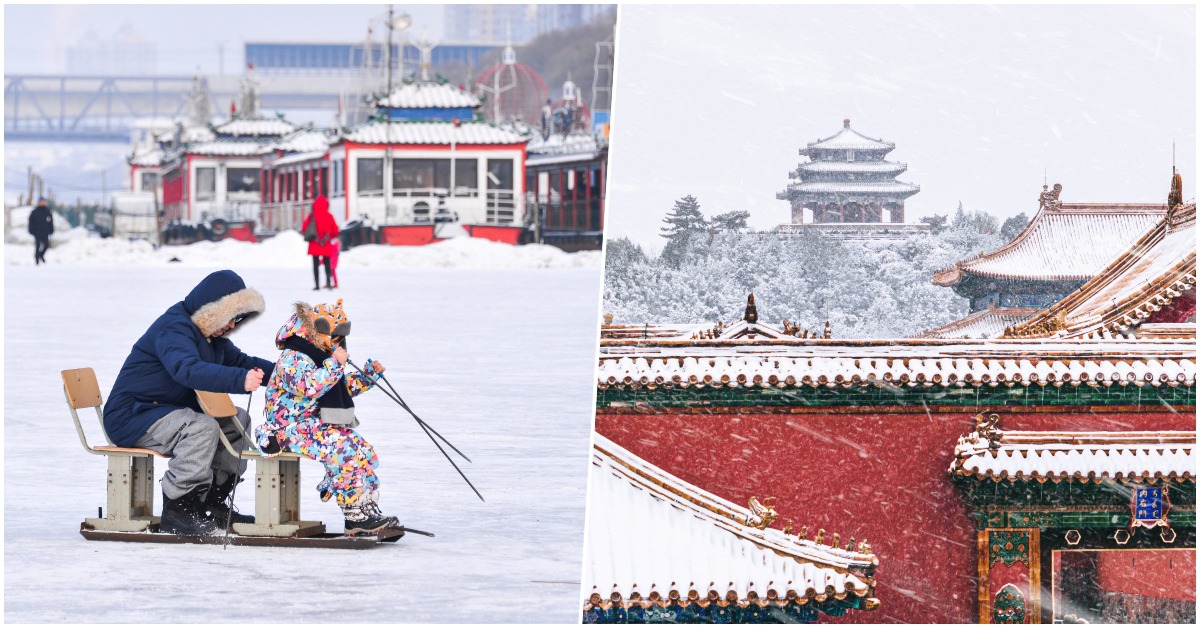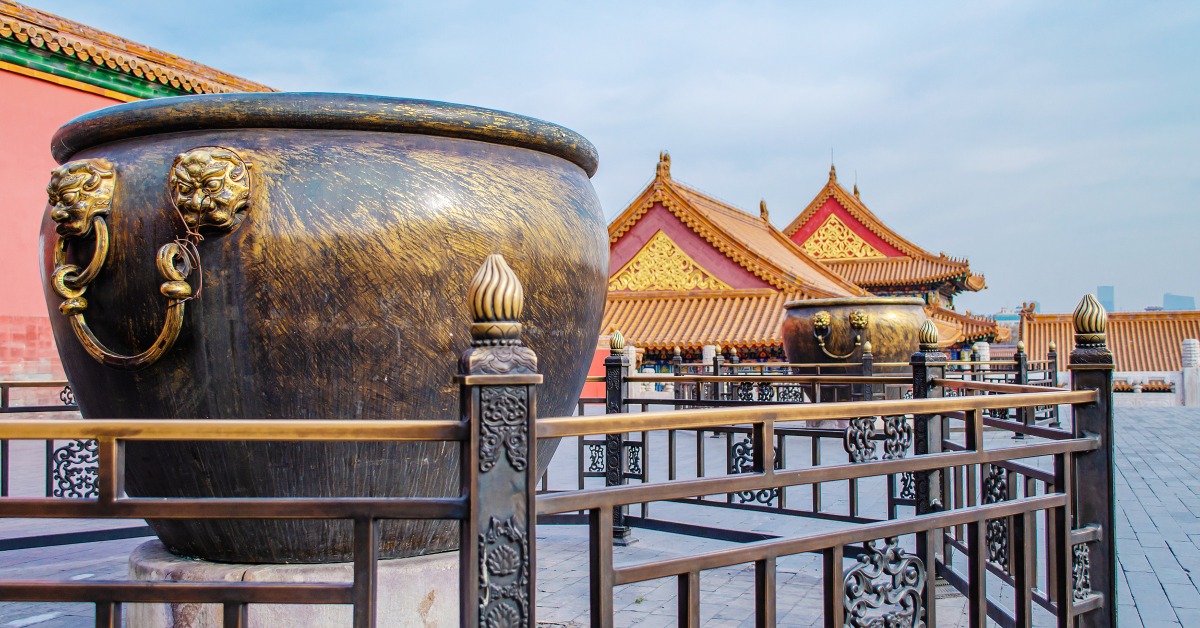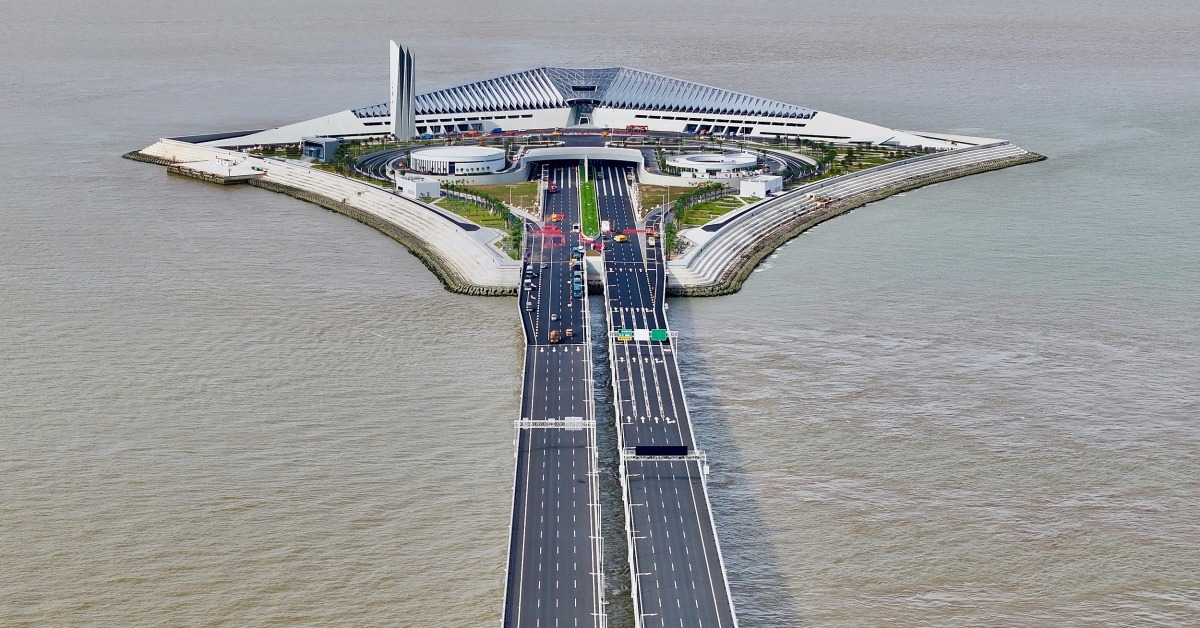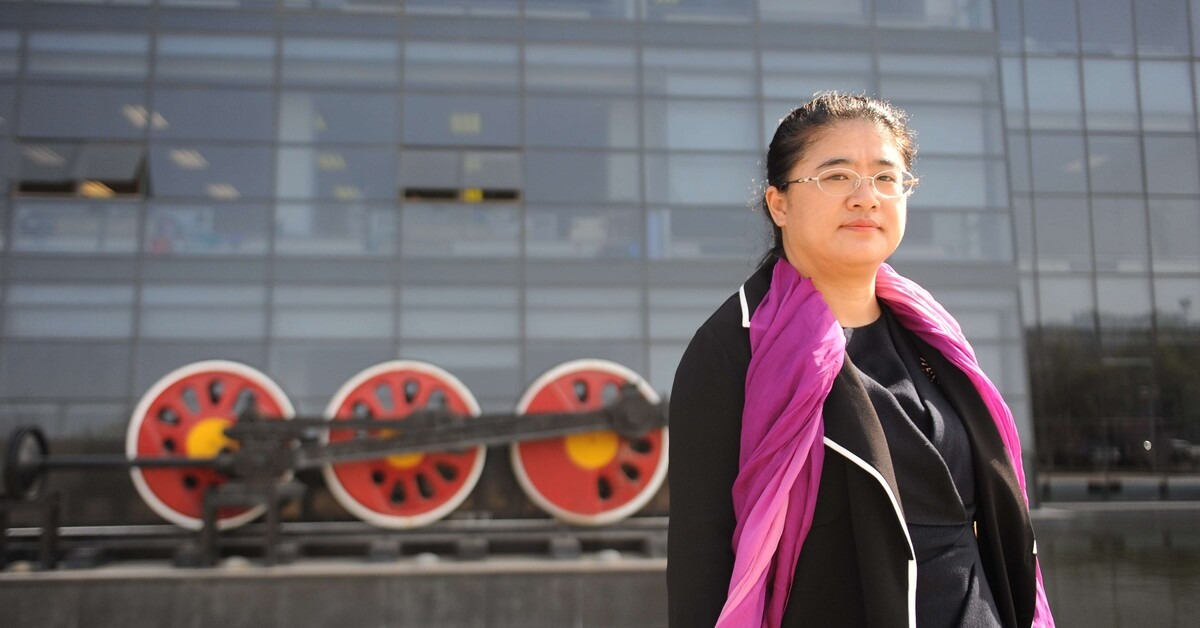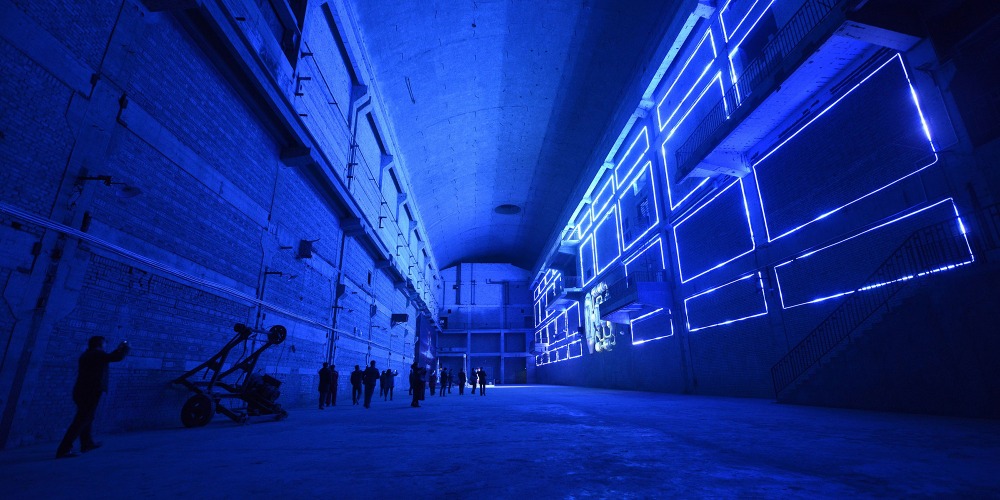Published : 2023-03-07
In 2021, China formulated the 14th Five-Year Plan, outlining the direction for the next five years (2021-2025).
What exactly is the "14th Five-Year Plan"? What are its key contents and main objectives? Our 14th Five-Year Plan series provide an easy-to-understand introduction.
As the first one in the series, this article will primarily explain what the "14th Five-Year Plan" is and what the Five-Year Plans entail.
14th Five-Year Plan|Five-Year Plan is not unique to China
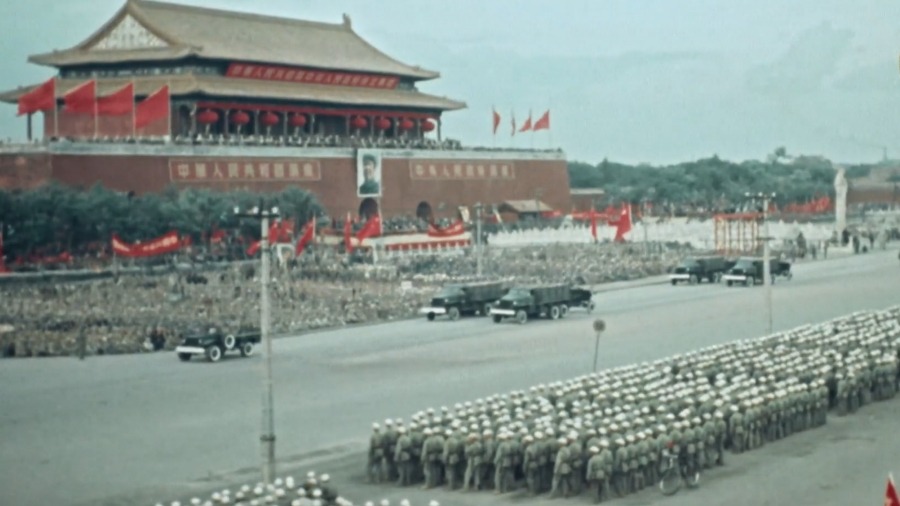
What exactly is the "14th Five-Year Plan"? What is its historical background?
Actually, the 14th Five-Year Plan is just a short name. Its formal name is — the "Outline of the 14th Five-Year Plan for National Economic and Social Development of the People's Republic of China and the Long-Range Objectives Through the Year 2035".
In order to understand what the 14th Five-Year Plan is, we need to start with the "Five-Year Plan" first.
Five-year planning is not unique to China and is not a Chinese creation. As early as 1928, the Soviet Union began to implement five-year plans, proposing long-term development blueprints to accelerate economic growth.
When the new China was established in 1949, it was poor and backward in agriculture, let alone having any industries.
In order to develop better, the leaders decided to learn from the "big brother" Soviet Union, and formulated China's own five-year plan, planning for major national construction projects, distribution of productive forces, etc., and setting goals and directions for economic development.
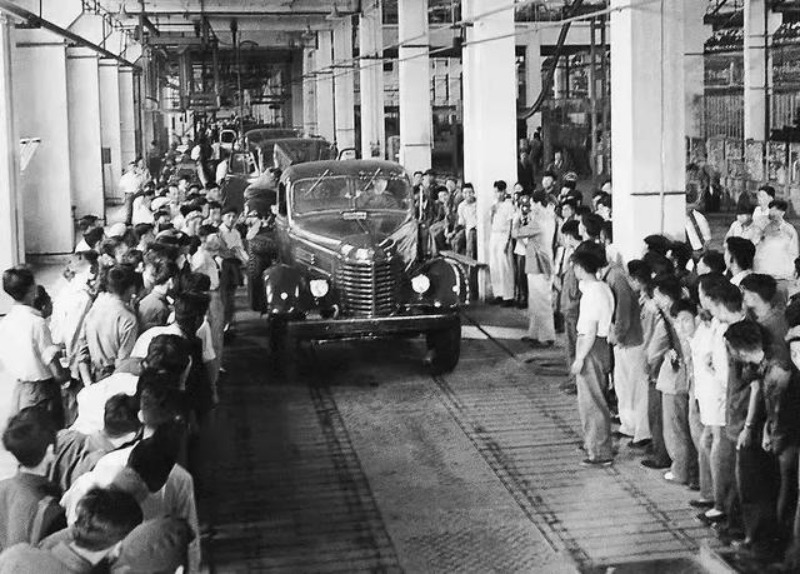
China's first Five-Year Plan corresponds to the period from 1953 to 1957.
But in fact, the 1st Five-Year Plan began to be compiled in 1951, and after several amendments, it was finally approved by the National People's Congress in July 1955, by which time more than half of the 1st Five-Year Plan period had passed.
Either way, the 1st Five-Year Plan was successful, and its goals were even achieved in advance.
Its focus was to concentrate on industrial construction, especially the 156 major projects which the Soviet Union had helped to build.
For instance, the China First Automobile Works (FAW) in Changchun, Jilin, and the Anshan Iron and Steel Works in Liaoning, which was renovated, were examples of these major projects.
And they have all become important foundations for China's industrialisation.
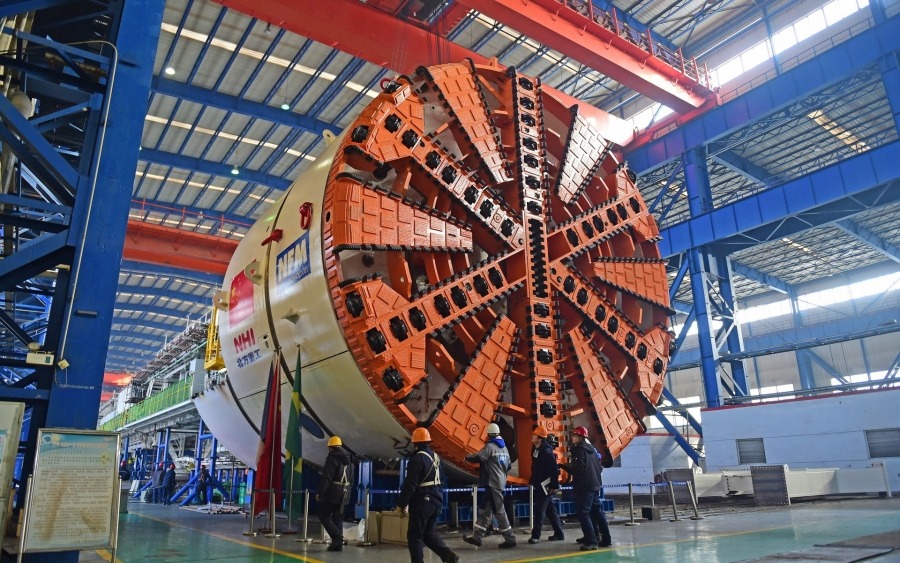
The Five-Year Plans continued to be implemented. And this pattern of advance planning remained unchanged, although there were once twists and turns in the special political environment, and the commencement of the 3rd Five-Year Plan was postponed from 1963 to 1966 because of the need to restore the economy.
It is also worth mentioning the 5th Five-Year Plan from 1976 to 1980.
During this period, China saw a turning point in its history with the end of the Cultural Revolution, and the country moved towards Reform and Opening-up.
The 5th Five-Year Plan was then drastically adjusted in response to the current situation, marking the transformation of China's economy, and China has since embarked on a path of rapid development.
Read more: Story of Xiaogang village with a breakthrough in the reform and opening up of the countryside
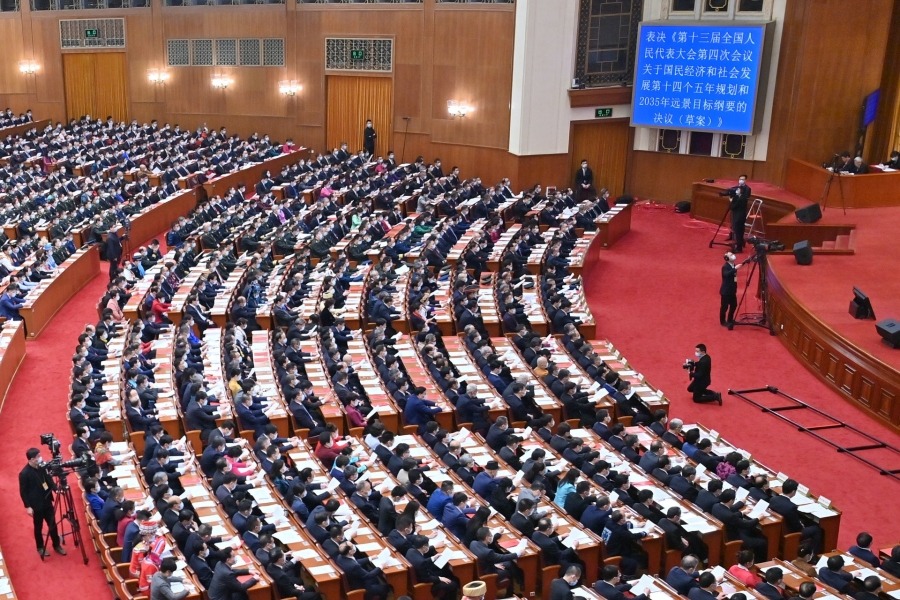
Once the background of the Five-Year Plans is clear, it is easy to understand the 14th Five-Year Plan. As mentioned earlier, it is the blueprint for China's development and the action plan from 2021 to 2025.
14th Five-Year Plan|New achievements in economic development
The 14th Five-Year Plan is proposed by the Central Committee of the Communist Party of China (CCCPC), drafted by the National Development and Reform Commission (NDRC) under the State Council, and was approved by a vote at the Fourth Session of the 13th National People's Congress in March 2021.
Its content covers various aspects such as economic development, innovative technology, environmental protection, etc., and the content totals up to about 75,000 Chinese words.
In summary, the 14th Five-Year Plan has six major goals, including: achieving new results in economic development; making new strides in Reform and Opening-up; raising the level of social civilisation; achieving new progress in ecological civilisation construction; achieving new levels of people's well-being; and improving the efficiency of national governance.
In addition to the general direction, 14th Five-Year Plan has also put forward a lot of expected or binding specific data, such as the growth rate of GDP, the proportion of the value-added of the core industries in the digital economy to the GDP, the ratio of reduction in energy consumption per unit of GDP, and even the life expectancy per capita, and so on.
Moreover, the 14th Five-Year Plan also straightforwardly mentions the "2035 Long-Term Goals".
Specifically, by 2035, China will basically achieve socialist modernisation, and its economic strength, scientific and technological strength, and comprehensive national strength will make a major leap.
Looking at the Five-Year Plans so far, only the 14th Five-Year Plan and 9th Five-Year Plan have "Long-Range Objectives" in their full titles.


